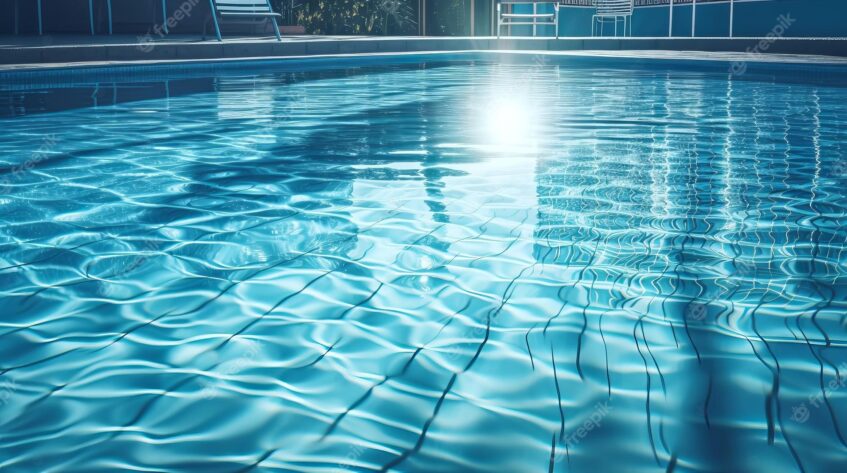
Muriatic Acid in Pool Maintenance: A Comprehensive Guide
Pool ownership comes with the responsibility of maintenance, and one crucial aspect of this is the balancing of chemical levels. One particular chemical that plays a significant role in this process is muriatic acid. But how much muriatic acid to add to your pool? This article delves into the use of muriatic acid in pool maintenance, providing a clear explanation of how much to use and when to use it.
Understanding Muriatic Acid
Muriatic acid, a potent substance used in various applications, is primarily employed in pool maintenance to lower the pH levels and reduce alkalinity. Besides this, the powerful nature of muriatic acid also makes it an effective solution for removing calcium deposits on pool surfaces.
Determining the Amount of Muriatic Acid to Use
Determining the exact quantity of muriatic acid to add to your pool isn’t a straightforward process. It depends on multiple factors, including the size of your pool and the current and desired pH levels.
A general guideline suggests not adding more than 1 quart of muriatic acid per 10,000 gallons of pool water. However, it’s always best to follow the manufacturer’s instructions for the specific brand of acid you use, such as the Acid Blue muriatic acid from CDPI.
Note: If you’re unsure about handling muriatic acid, consider reaching out to a local pool service company for assistance.
Recognizing When to Add Muriatic Acid
The best way to identify if you need to add muriatic acid to your pool is by testing the pH level of the pool water. If the pH level is above 7.2, you may need to introduce more muriatic acid to decrease it. Similarly, if the total alkalinity of your pool water exceeds 80 ppm, muriatic acid can be used to bring it down.
Handling Overuse of Muriatic Acid
Knowing how much muriatic acid to add to your pool is critical because adding too much can lead to potential problems. Overdosing your pool with muriatic acid can cause the pH level to drop too low, thereby unbalancing your pool chemistry and causing harm to swimmers and the pool’s longevity.
Low pH levels can cause skin and eye irritation in humans. For the pool, an excess of muriatic acid can corrode metal surfaces such as pool rails and reduce the effectiveness of other pool chemicals like chlorine.
Managing an Overdose of Muriatic Acid
Mistakes can happen, and you may end up adding too much muriatic acid to your pool. If this occurs and your pH levels drop too low, the best course of action is to immediately dilute the pool with a substantial amount of fresh water.
You can do this by adding water from your hose, but ensure to do this gradually. Adding too much fresh water at once can cause the pH level to plummet too quickly, leading to further complications. Once the water is diluted, test the pH levels and adjust accordingly.
In Summary: Muriatic Acid in Pool Maintenance
As a rule of thumb, limit the addition of muriatic acid to not more than 1 quart per 10,000 gallons of pool water. Muriatic acid primarily functions as a reducer of pH levels. Overuse of this chemical can lead to imbalances in your pool’s chemistry, necessitating a dilution with fresh water.
Like shocking your pool, ensure to wait for 12-24 hours, depending on your pool chemistry test results, before reentering the pool after adding muriatic acid.




